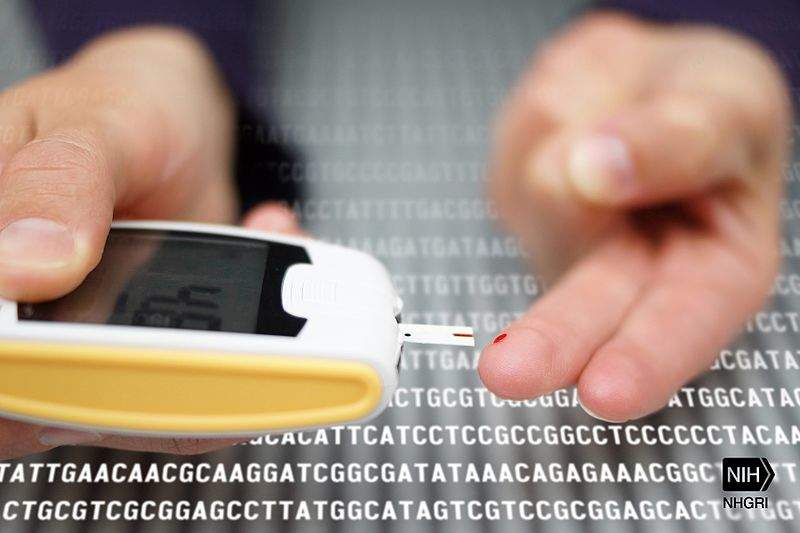Type 2 diabetes (T2DM) is a chronic and progressive metabolic disorder associated with many different complications.
Patients require increasingly complex treatment regimens with many different drug types.
The demand for T2DM therapeutics has resulted in a large and competitive market landscape, with a number of drugs competing with one another for different market segments, across multiple lines of therapy.
Since the mid-2000s, a number of new drug classes have entered the market, including glucagon-like peptide-1 (GLP-1) receptor agonists, dipeptidyl peptidase 4 inhibitors, and sodium–glucose linked transporter-2 inhibitors.
These drug classes have proved to be highly commercially successful.
This has led to a diverse pipeline, with many new molecular target groups that do not exist or are poorly represented in the market.

US Tariffs are shifting - will you react or anticipate?
Don’t let policy changes catch you off guard. Stay proactive with real-time data and expert analysis.
By GlobalDataThe strong showing of G protein-coupled receptors (GPCRs) in the pipeline is a result of the success of GLP-1 receptor agonists.

The diversity of the pipeline suggests that a new wave of therapy types may become available to T2DM patients and aid in developing new and more effective treatment regimens.
Related reports
For more insight and data, visit the GBI Research report store.





